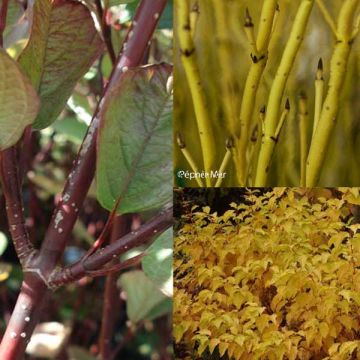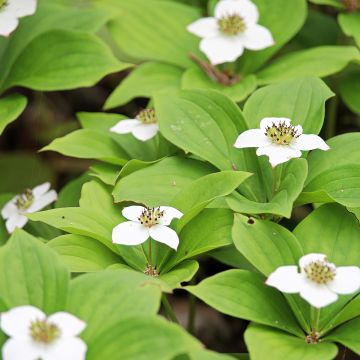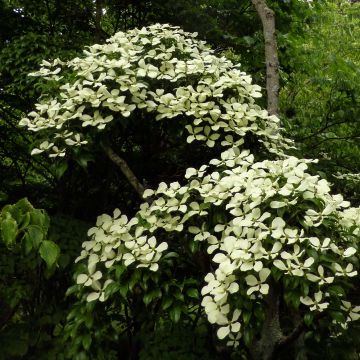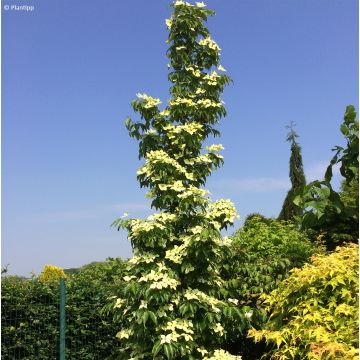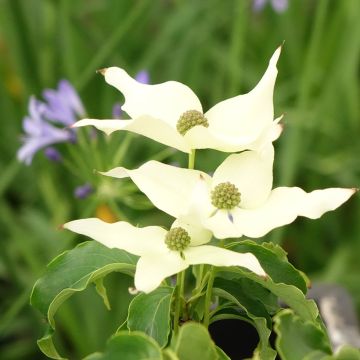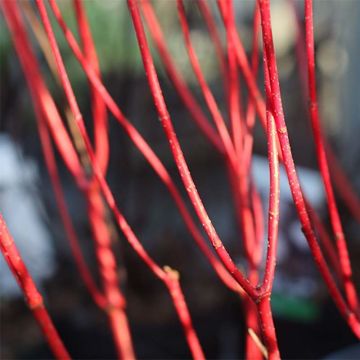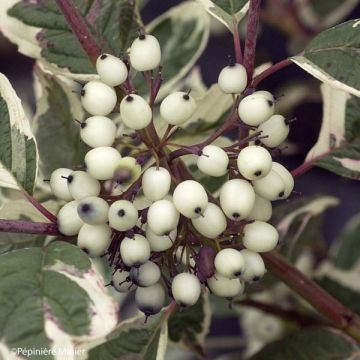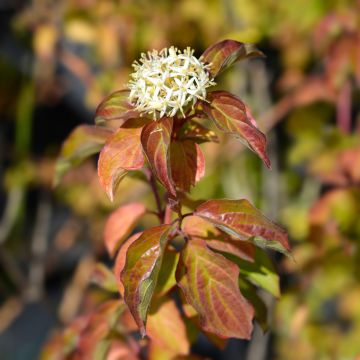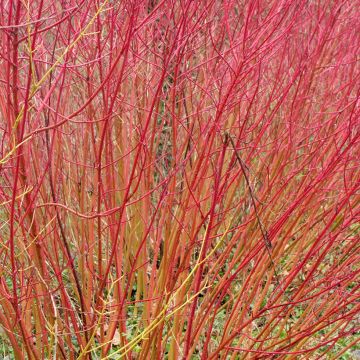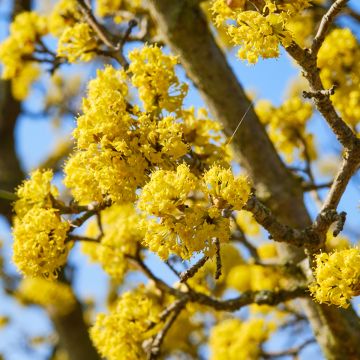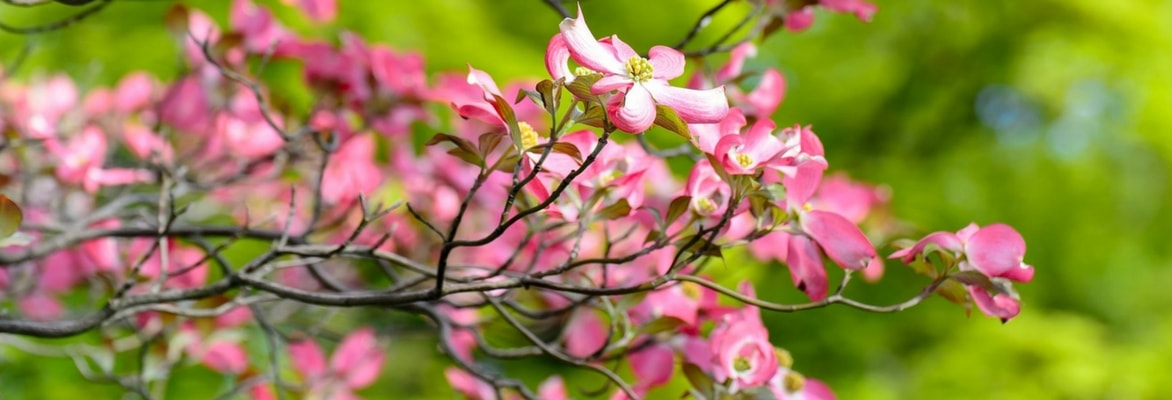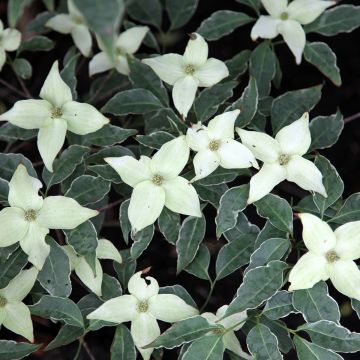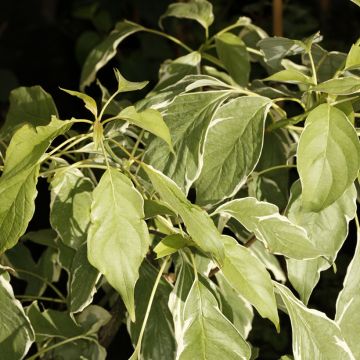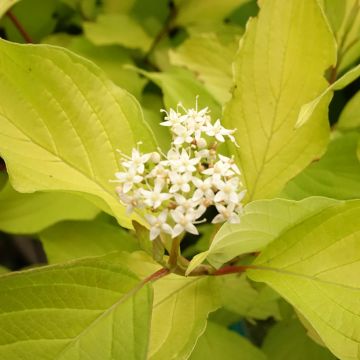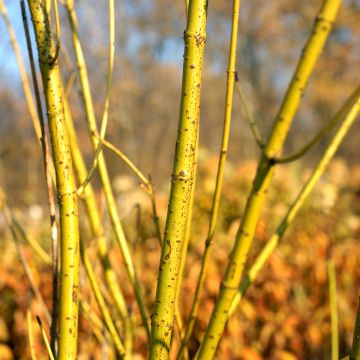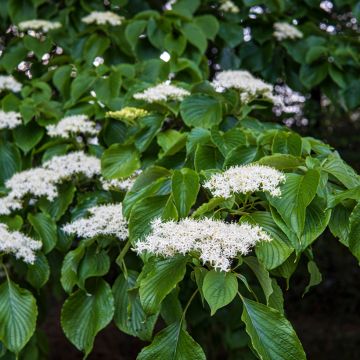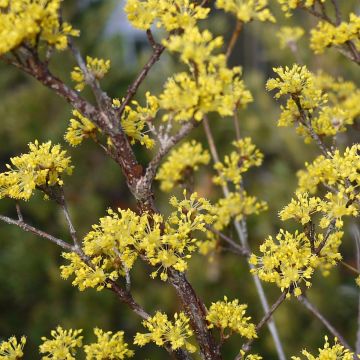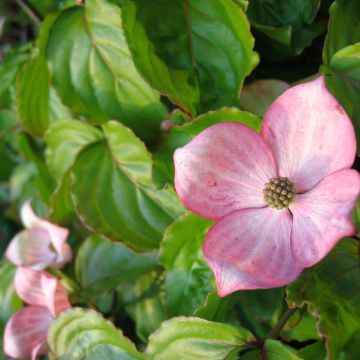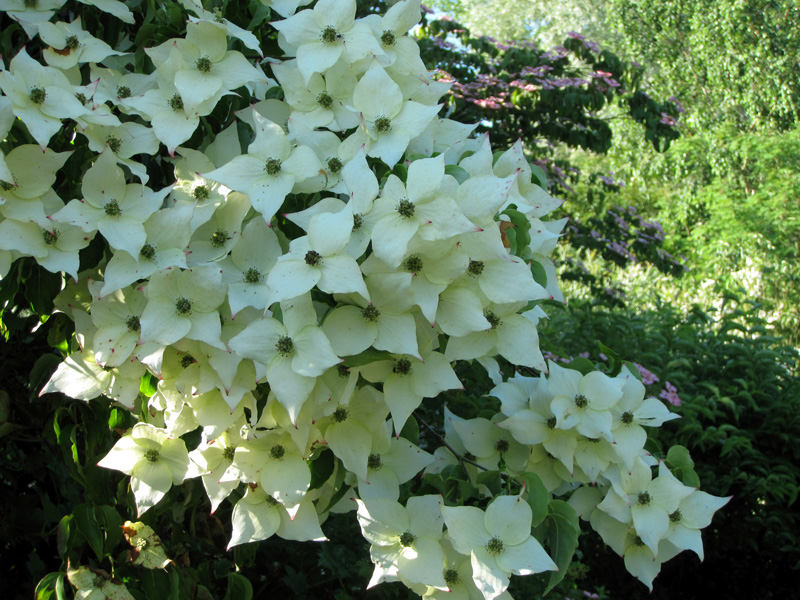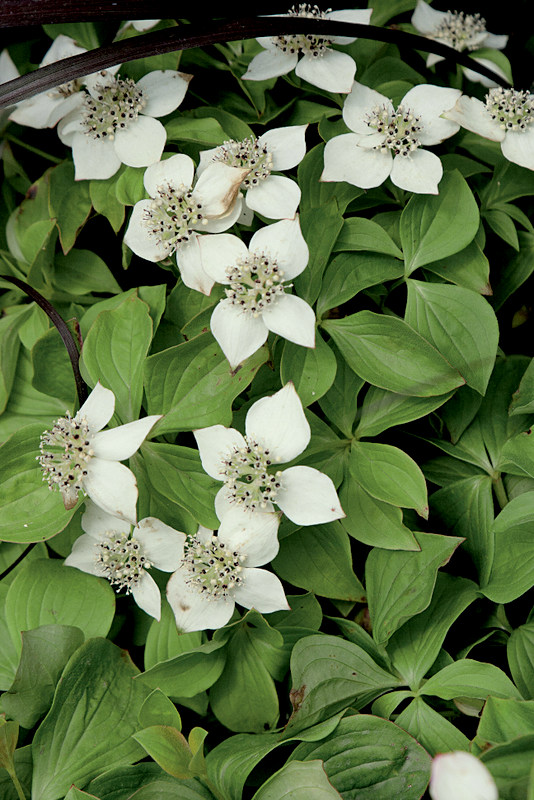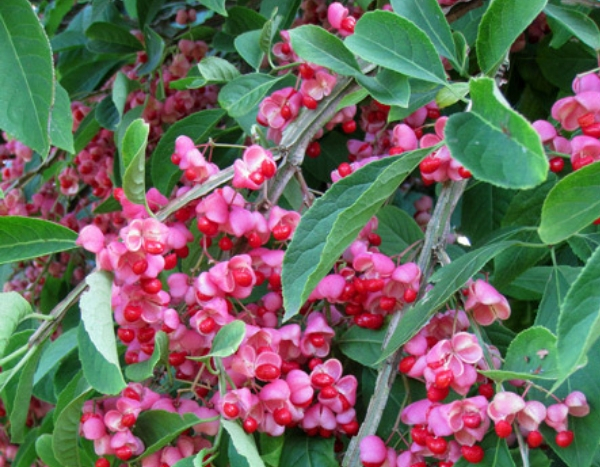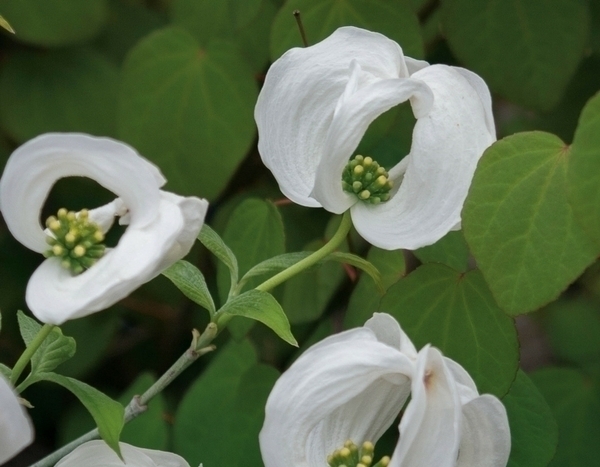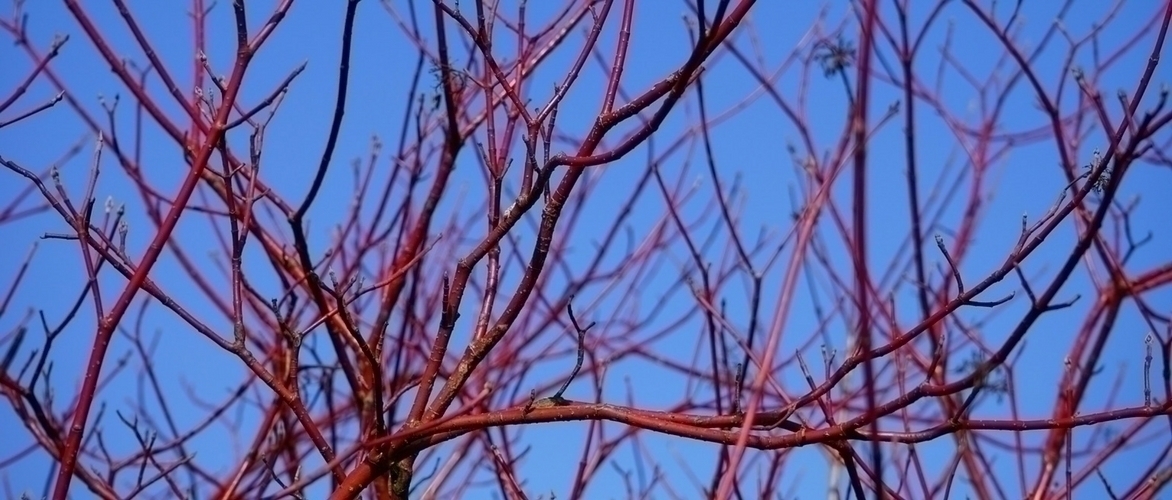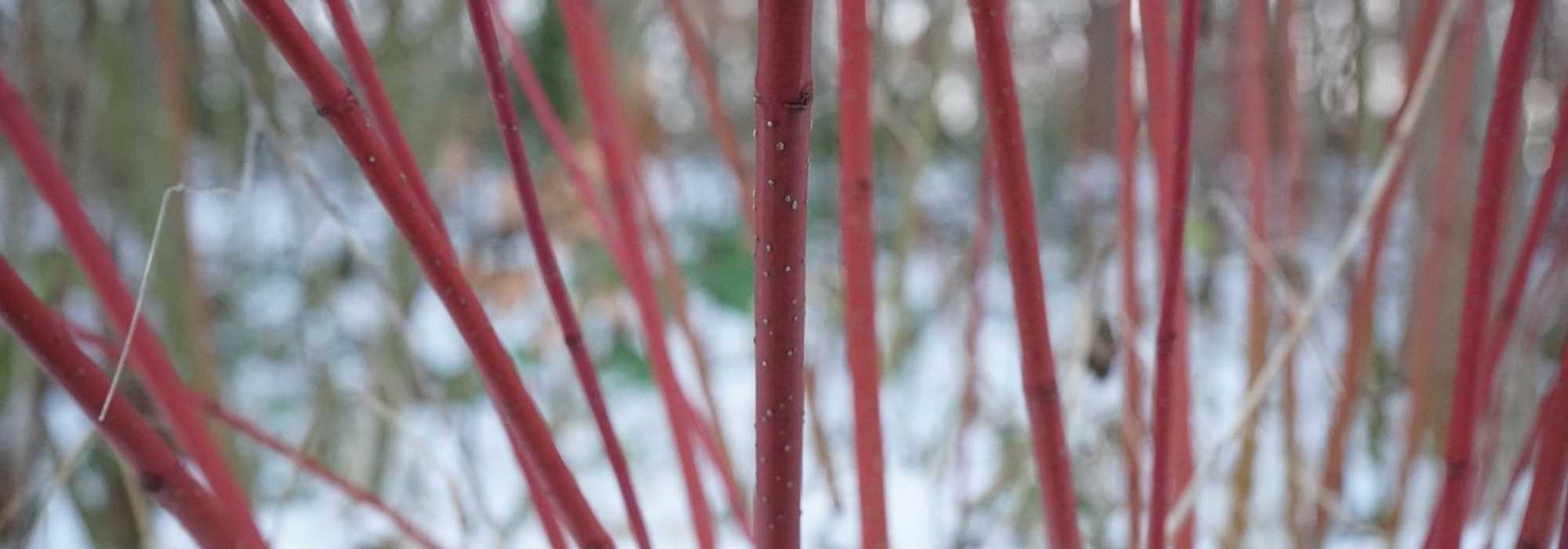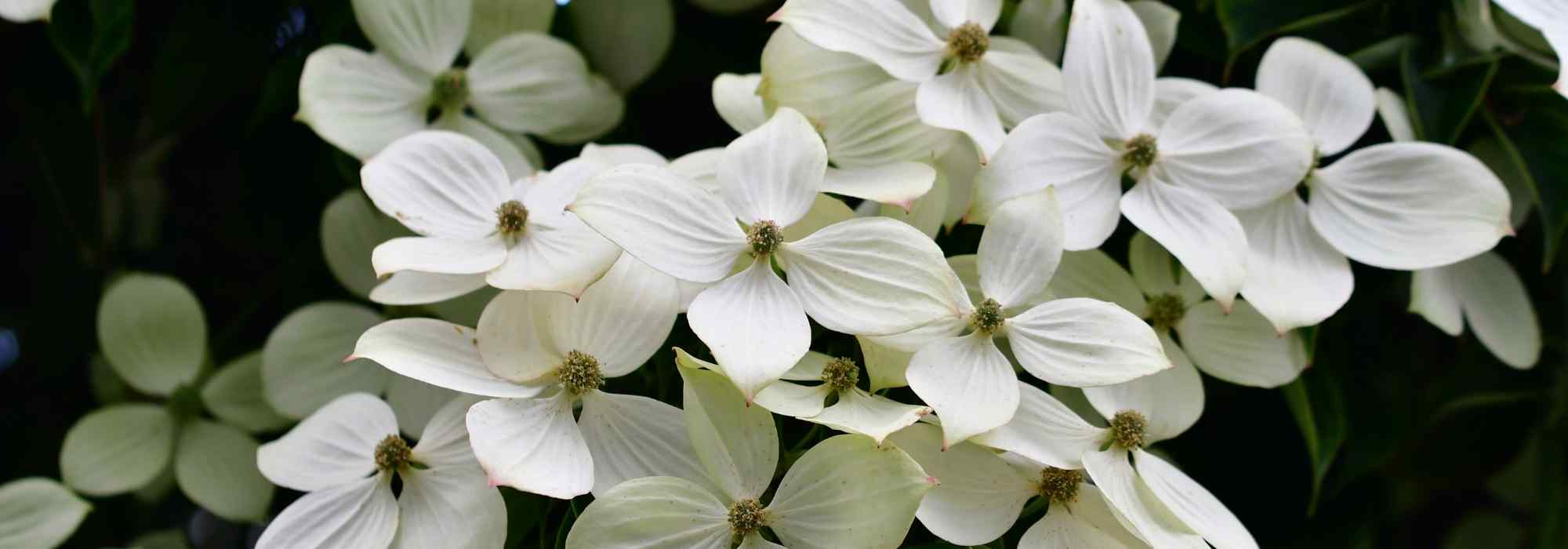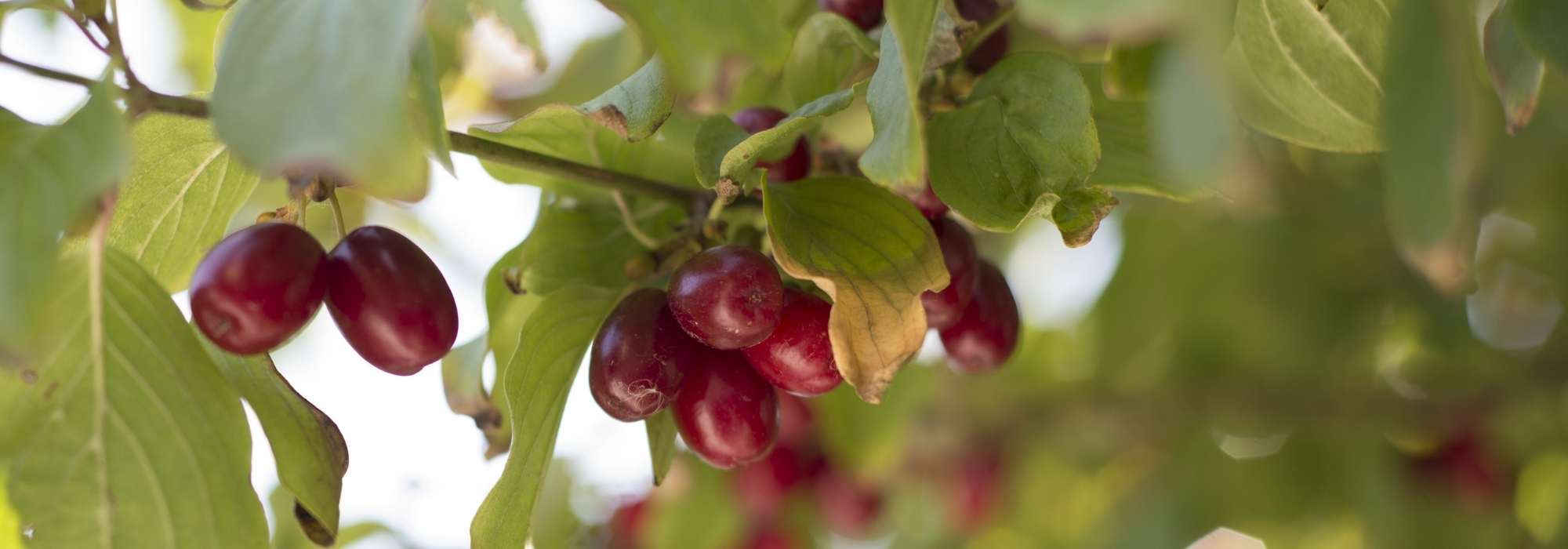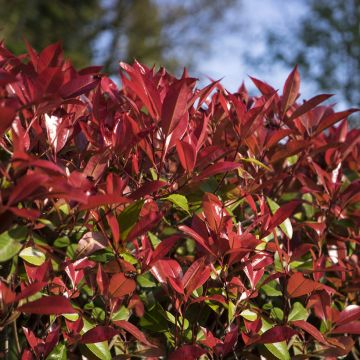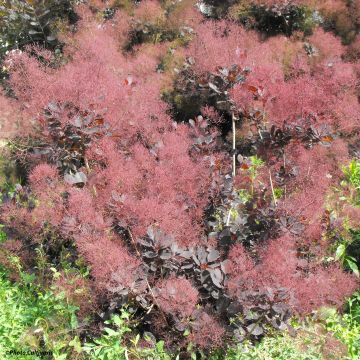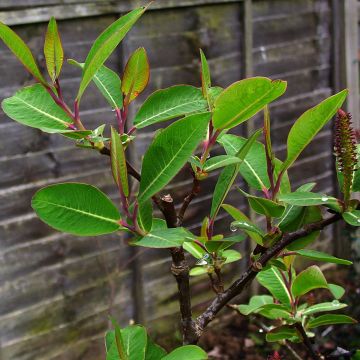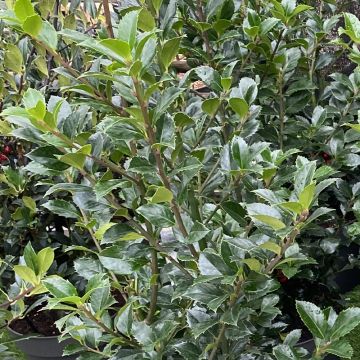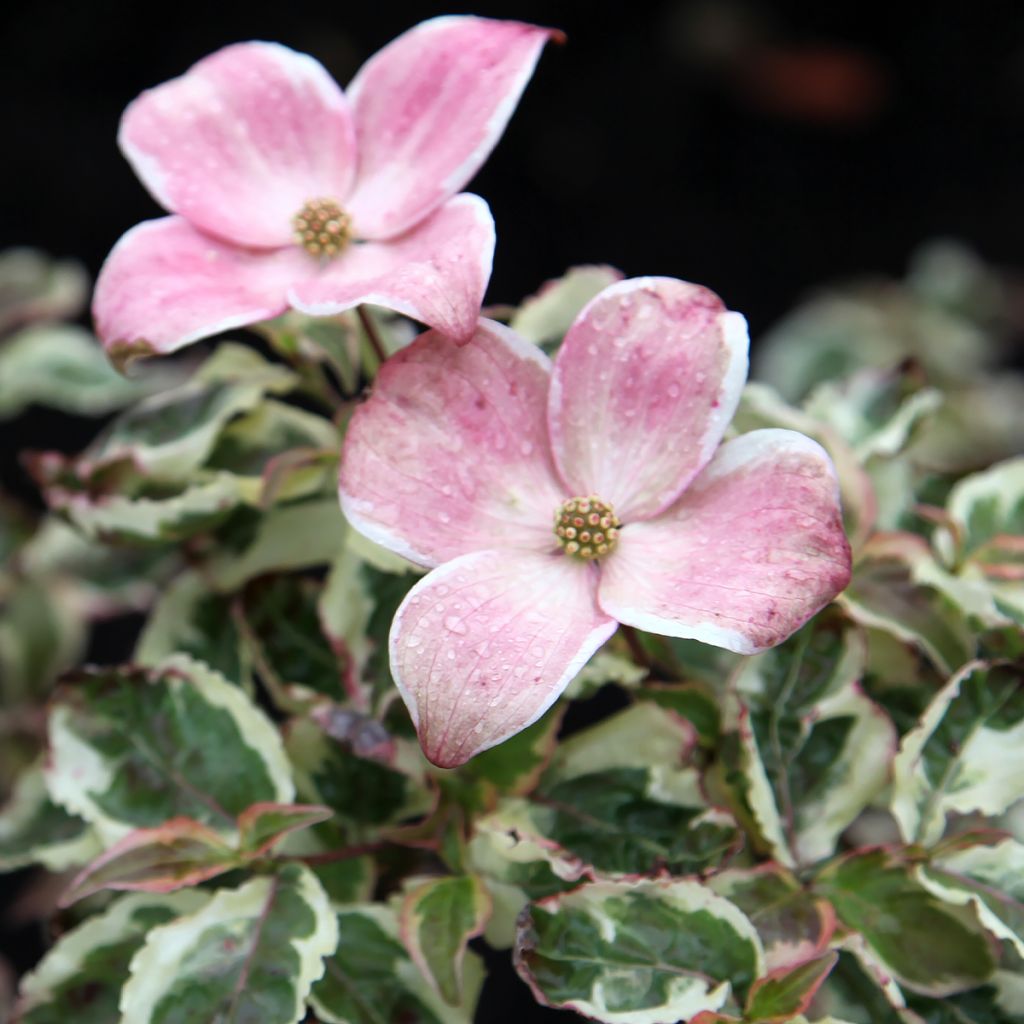

Cornus kousa Akatsuki
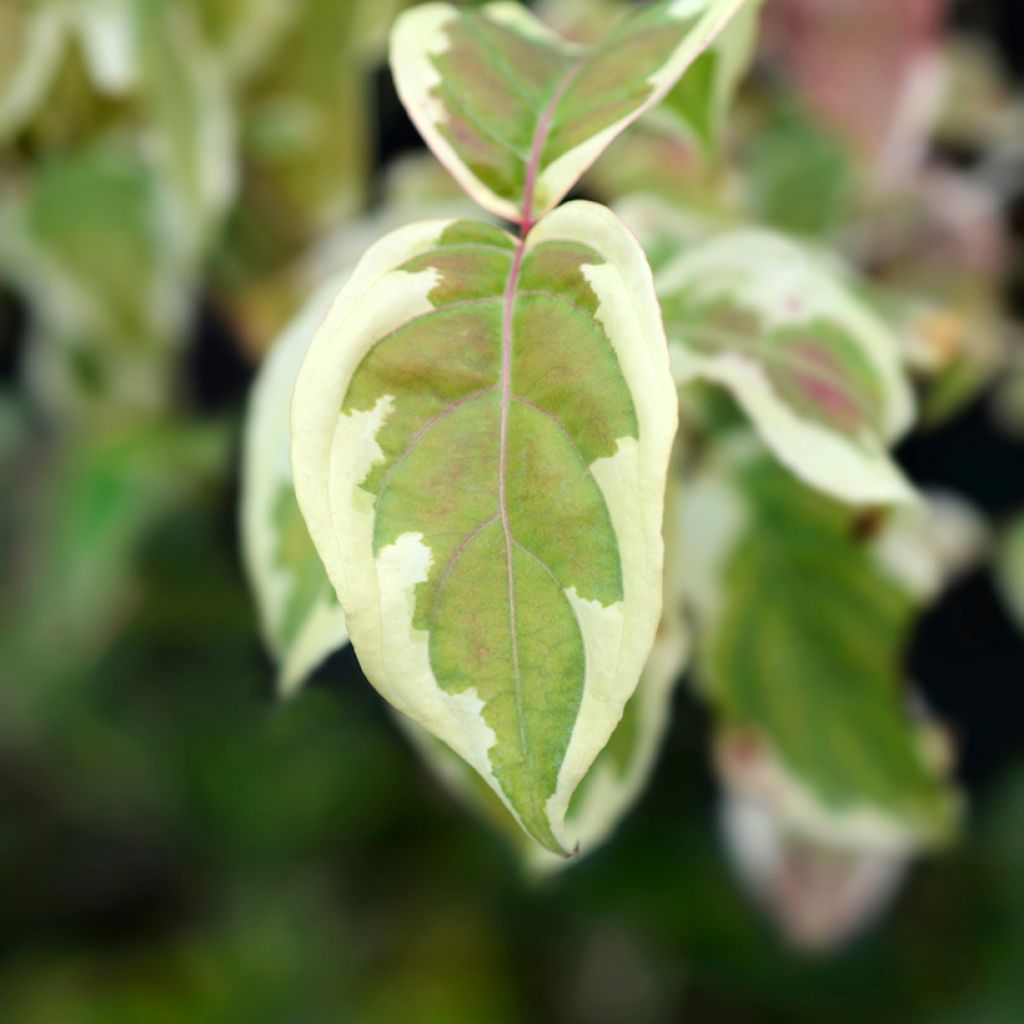

Cornus kousa Akatsuki
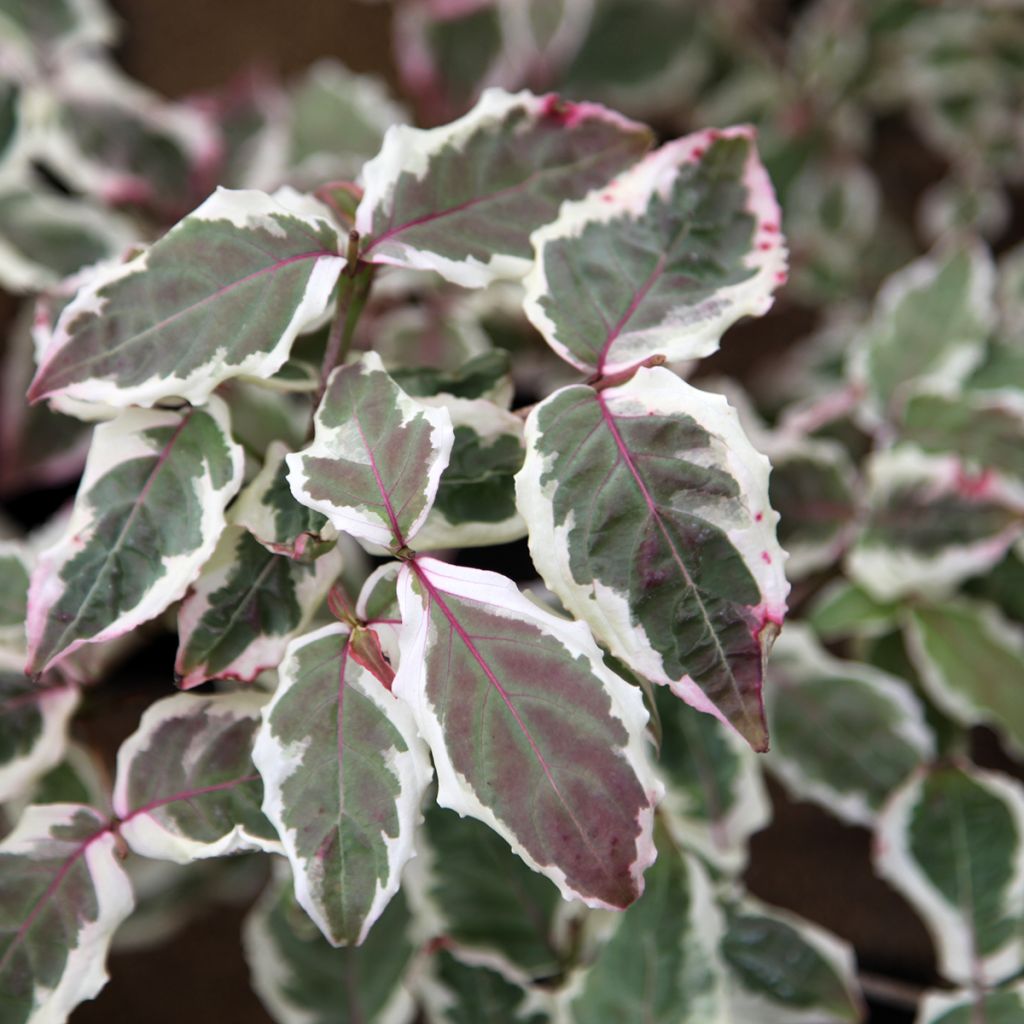

Cornus kousa Akatsuki
Cornus kousa Akatsuki
Cornus kousa Akatsuki
Kousa Dogwood, Japanese Dogwood, Chinese Dogwood
Special offer!
Receive a €20 voucher for any order over €90 (excluding delivery costs, credit notes, and plastic-free options)!
1- Add your favorite plants to your cart.
2- Once you have reached €90, confirm your order (you can even choose the delivery date!).
3- As soon as your order is shipped, you will receive an email containing your voucher code, valid for 3 months (90 days).
Your voucher is unique and can only be used once, for any order with a minimum value of €20, excluding delivery costs.
Can be combined with other current offers, non-divisible and non-refundable.
Why not try an alternative variety in stock?
View all →This plant carries a 24 months recovery warranty
More information
We guarantee the quality of our plants for a full growing cycle, and will replace at our expense any plant that fails to recover under normal climatic and planting conditions.
Would this plant suit my garden?
Set up your Plantfit profile →
Description
The Cornus kousa Akatsuki is a flowering dogwood whose foliage is as ornamental as its blossoms. The leaves emerge purple and then turn green with cream-white variegation during the season. In autumn, they put on a show in shades of pink and purple. The flowering occurs in June, with bracts that start off white and gradually turn pink. They surround a heart made up of the true flowers, which then develop into decorative red fruits at the end of summer. An extremely decorative shrub with attractive colors, from spring to autumn. Guaranteed spectacle for three-quarters of the year!
The Dogwood belongs to the relatively unknown family of Cornaceae, which, after several revisions of botanical classification, now only includes the genera Cornus and Alangium. There are several dozen species of Dogwoods, most of which are shrubs, but there are also small trees in nature, such as Cornus nuttallii, or Cornus kousa, which grows in Japan, China, and Korea. There are also undershrubs, such as Cornus canadensis, which forms a ground cover.
'Akatsuki' is a variety of Japanese Dogwood, obtained by a Japanese breeder through a mutation of Cornus kousa 'Satomi'. It is mainly distinguished by its foliage, which has a beautiful cream-white variegation. Occupying about half of the leaf surface, sometimes more, this light margin surrounds the central part of a fairly dark green. It gives a very bright aspect to the foliage, which will be particularly appreciated in partially shaded situations, creating an attractive focal point. The young leaves first appear purple before taking on their variegated appearance, while pink pigments may develop along the edges during the season.
As is often the case with variegated plants, its growth is slow, due to the limited chlorophyllous areas (the green part of the leaves). In 10 years of cultivation, this shrub will reach a height of 2.50 m and, at maturity, approximately 3 m, with a graphic, tabular habit, almost as wide as it is tall, forming vegetation layers.
In June, the inflorescences appear, typically consisting of a central cluster surrounded by colorful bracts. The cluster is made up of small true flowers tightly packed together, with a yellow-green color. The bracts are transformed leaves, which are often mistaken for flowers because they are ornamental. In Akatsuki, the bracts are ovoid, with a pointed tip, arranged in a cross shape with a total width of 8 cm. Their uniqueness lies in their color, which changes over time. Starting off cream-white, the bracts then gradually accumulate pigments and turn pink with varying intensity, with intermediate stages where both shades coexist. This pink flowering, set against the green and white foliage, offers a superb spectacle that lasts for several weeks. In August, the clusters have evolved into red fruits, which resemble strawberries and can be eaten, although they are more decorative than culinary...
The last highlight of this shrub is in autumn, when the foliage takes on breathtaking colors. The white margin turns pink, while the central green changes to purple. White, green, pink, and purple intertwine for a while before the final climax of warm colors, which precedes the leaf fall.
A shrub for neutral to acidic soil, this Dogwood appreciates humus-rich soils that are moist to wet, while also being well-drained. Resistant to temperatures as low as -20°C, it prefers partial shade, which guarantees better atmospheric humidity. Therefore, even though its great ornamental value would justify planting it as a specimen, it is better to integrate it into a partially shaded bed, under the edge of a tree and in the company of other plants. To extend the flowering period of your scene, plant the Chinese Azalea Lingot d'Or, which will reward you with its large, fragrant, trumpet-shaped yellow flowers in April-May, while its foliage also takes on beautiful colors in autumn. For summer, choose a variety of Hydrangea aspera, an unfairly underplanted Hydrangea with its dark green velvety foliage and bluish flat-headed flowers. However, be aware that it does not tolerate drought, so if your climate is dry in summer, opt for a Hydrangea quercifolia, the Oakleaf Hydrangea, which is more resistant, and you will appreciate the large panicles of generally cream-white flowers, as well as the large leaves, which turn a reddish-purple color in autumn.
Cornus kousa Akatsuki in pictures
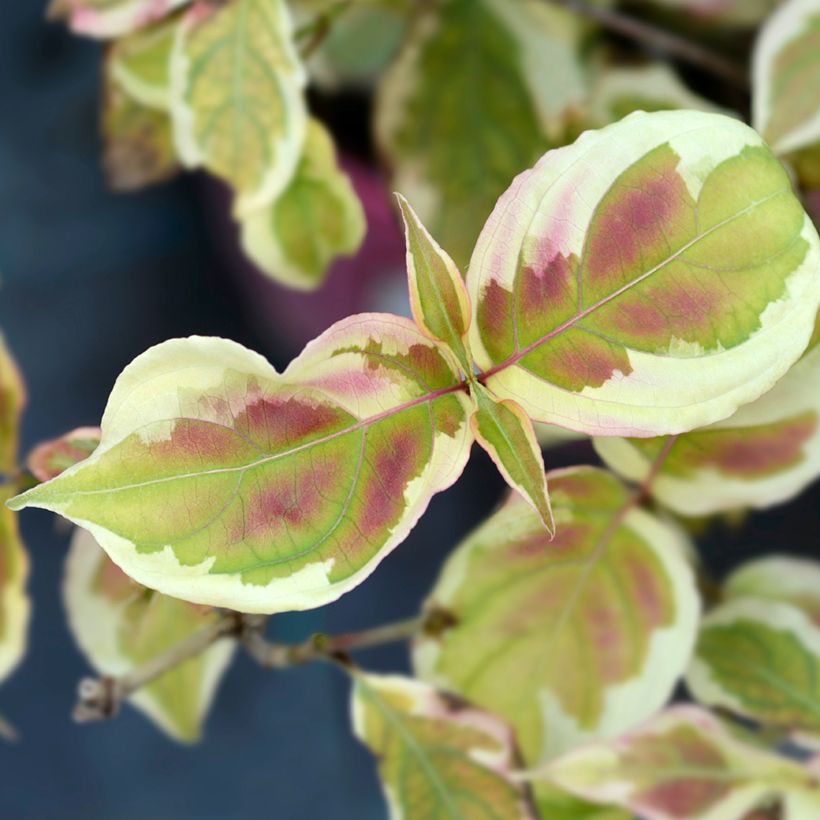

Plant habit
Flowering
Foliage
Botanical data
Cornus
kousa
Akatsuki
Cormaceae
Kousa Dogwood, Japanese Dogwood, Chinese Dogwood
Cultivar or hybrid
Other Cornus
View all →Planting and care
This Cornus kousa Akatsuki appreciates a soil rich in organic matter, moist to damp, but well-drained, as well as a soil with an acidic to neutral tendency. It is hardy and can tolerate temperatures as low as -20°C and even lower, but a location sheltered from cold and drying winter winds is still preferable. Young plants may be slightly affected by frost. It thrives in morning sun to partial shade, with a preference for the latter, especially in sunny climates, where its variegated foliage will shine. Planting can be done in spring or autumn. Soak the root ball in a bucket for fifteen minutes to ensure proper hydration. During this time, dig a planting hole that is 50 to 60 cm wide and deep, and mix a bag of planting compost with the existing soil. Place the root ball in the ground, backfill, and water thoroughly. Provide regular watering during the first two years, and during hot periods thereafter.
Planting period
Intended location
Care
Planting & care advice
This item has not been reviewed yet - be the first to leave a review about it.
Similar products
Haven't found what you were looking for?
Hardiness is the lowest winter temperature a plant can endure without suffering serious damage or even dying. However, hardiness is affected by location (a sheltered area, such as a patio), protection (winter cover) and soil type (hardiness is improved by well-drained soil).

Photo Sharing Terms & Conditions
In order to encourage gardeners to interact and share their experiences, Promesse de fleurs offers various media enabling content to be uploaded onto its Site - in particular via the ‘Photo sharing’ module.
The User agrees to refrain from:
- Posting any content that is illegal, prejudicial, insulting, racist, inciteful to hatred, revisionist, contrary to public decency, that infringes on privacy or on the privacy rights of third parties, in particular the publicity rights of persons and goods, intellectual property rights, or the right to privacy.
- Submitting content on behalf of a third party;
- Impersonate the identity of a third party and/or publish any personal information about a third party;
In general, the User undertakes to refrain from any unethical behaviour.
All Content (in particular text, comments, files, images, photos, videos, creative works, etc.), which may be subject to property or intellectual property rights, image or other private rights, shall remain the property of the User, subject to the limited rights granted by the terms of the licence granted by Promesse de fleurs as stated below. Users are at liberty to publish or not to publish such Content on the Site, notably via the ‘Photo Sharing’ facility, and accept that this Content shall be made public and freely accessible, notably on the Internet.
Users further acknowledge, undertake to have ,and guarantee that they hold all necessary rights and permissions to publish such material on the Site, in particular with regard to the legislation in force pertaining to any privacy, property, intellectual property, image, or contractual rights, or rights of any other nature. By publishing such Content on the Site, Users acknowledge accepting full liability as publishers of the Content within the meaning of the law, and grant Promesse de fleurs, free of charge, an inclusive, worldwide licence for the said Content for the entire duration of its publication, including all reproduction, representation, up/downloading, displaying, performing, transmission, and storage rights.
Users also grant permission for their name to be linked to the Content and accept that this link may not always be made available.
By engaging in posting material, Users consent to their Content becoming automatically accessible on the Internet, in particular on other sites and/or blogs and/or web pages of the Promesse de fleurs site, including in particular social pages and the Promesse de fleurs catalogue.
Users may secure the removal of entrusted content free of charge by issuing a simple request via our contact form.
The flowering period indicated on our website applies to countries and regions located in USDA zone 8 (France, the United Kingdom, Ireland, the Netherlands, etc.)
It will vary according to where you live:
- In zones 9 to 10 (Italy, Spain, Greece, etc.), flowering will occur about 2 to 4 weeks earlier.
- In zones 6 to 7 (Germany, Poland, Slovenia, and lower mountainous regions), flowering will be delayed by 2 to 3 weeks.
- In zone 5 (Central Europe, Scandinavia), blooming will be delayed by 3 to 5 weeks.
In temperate climates, pruning of spring-flowering shrubs (forsythia, spireas, etc.) should be done just after flowering.
Pruning of summer-flowering shrubs (Indian Lilac, Perovskia, etc.) can be done in winter or spring.
In cold regions as well as with frost-sensitive plants, avoid pruning too early when severe frosts may still occur.
The planting period indicated on our website applies to countries and regions located in USDA zone 8 (France, United Kingdom, Ireland, Netherlands).
It will vary according to where you live:
- In Mediterranean zones (Marseille, Madrid, Milan, etc.), autumn and winter are the best planting periods.
- In continental zones (Strasbourg, Munich, Vienna, etc.), delay planting by 2 to 3 weeks in spring and bring it forward by 2 to 4 weeks in autumn.
- In mountainous regions (the Alps, Pyrenees, Carpathians, etc.), it is best to plant in late spring (May-June) or late summer (August-September).
The harvesting period indicated on our website applies to countries and regions in USDA zone 8 (France, England, Ireland, the Netherlands).
In colder areas (Scandinavia, Poland, Austria...) fruit and vegetable harvests are likely to be delayed by 3-4 weeks.
In warmer areas (Italy, Spain, Greece, etc.), harvesting will probably take place earlier, depending on weather conditions.
The sowing periods indicated on our website apply to countries and regions within USDA Zone 8 (France, UK, Ireland, Netherlands).
In colder areas (Scandinavia, Poland, Austria...), delay any outdoor sowing by 3-4 weeks, or sow under glass.
In warmer climes (Italy, Spain, Greece, etc.), bring outdoor sowing forward by a few weeks.






























